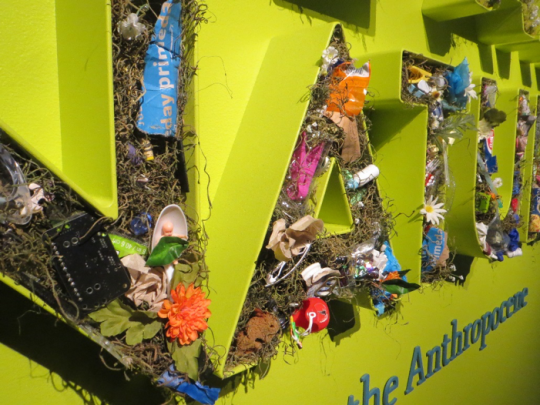
In this age of the Anthropocene, people are beginning to recognize our lasting impacts on the natural world. Plastic litter is infamous for its negative effects on the environment, but a sometimes-forgotten consequence is the changes to animal behavior that plastic elicits.
Now that plastic exists as a readily available substance in the environment, birds and nest-building mammals such as squirrels and opossums, frequently incorporate plastic materials into their nests. In terms of size, weight, and flexibility, items like straws, string, rope, and plastic bags resemble the varieties of moss, twigs, leaves, and even snakeskin pieces that many nest-building species have long used.

Hal H. Harrison, author of the Peterson Field Guide to Bird’s Nests, mentions the presence of a Baltimore Oriole nest made entirely of fishing line in Allegheny County’s North Park, and the “nest of a Wood Thrush made entirely of paper napkins, Kleenex, toilet paper gathered from a nearby picnic area” in Clarion County’s Cook Forest. These observations, and possibly your own, reveal how local birds sometimes substitute human-made materials for natural ones.
It’s still unclear if the incorporation of plastic into nests has long-term consequences for nest-builders and their offspring. The widespread availability of plastic pieces as nesting material, however, does serve as an indicator of the extreme prevalence of plastic litter in the environment.
Rachael Carlberg is an intern in the Education Department of Carnegie Museum of Natural History. Museum employees are encouraged to blog about their unique experiences of working at the museum.
